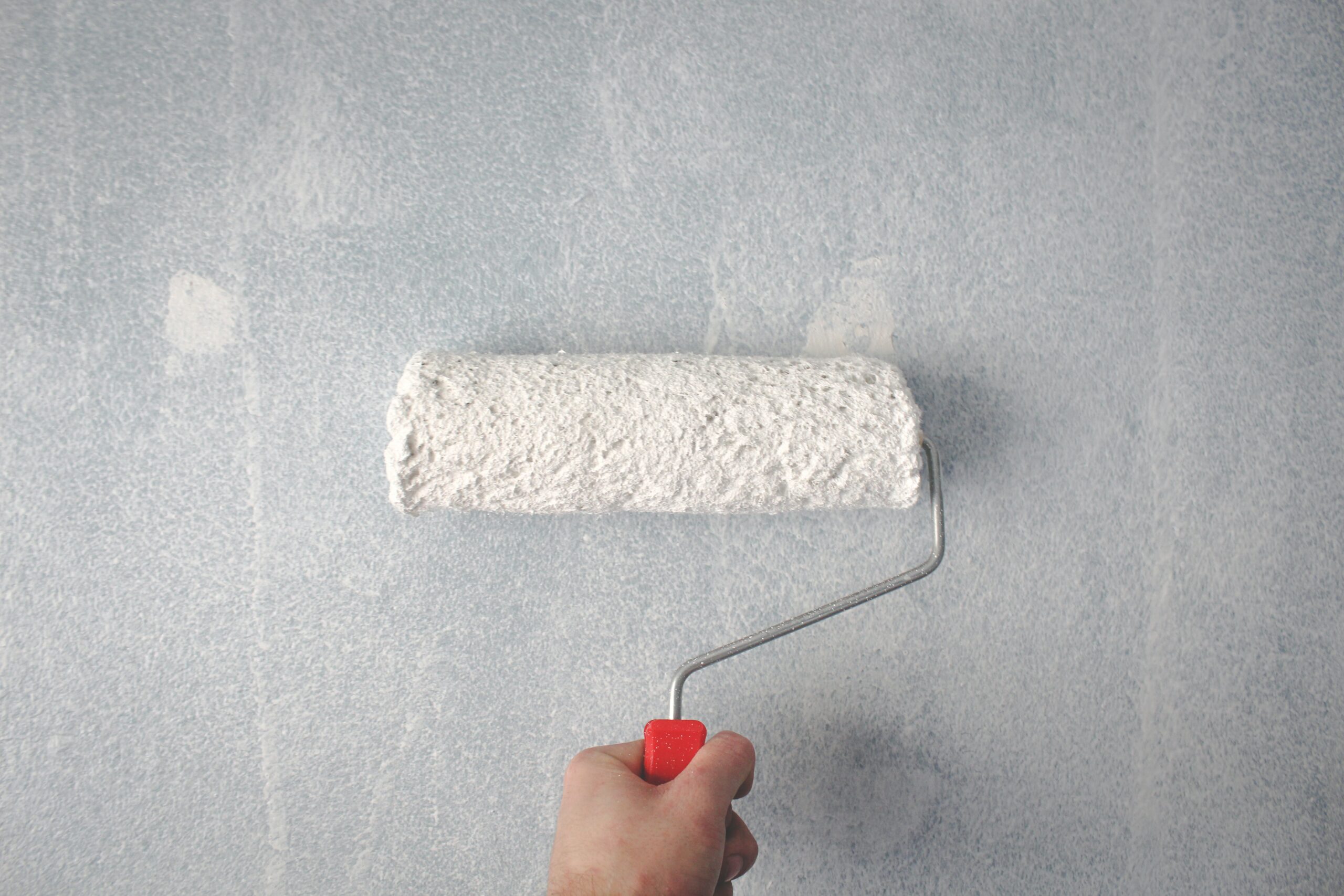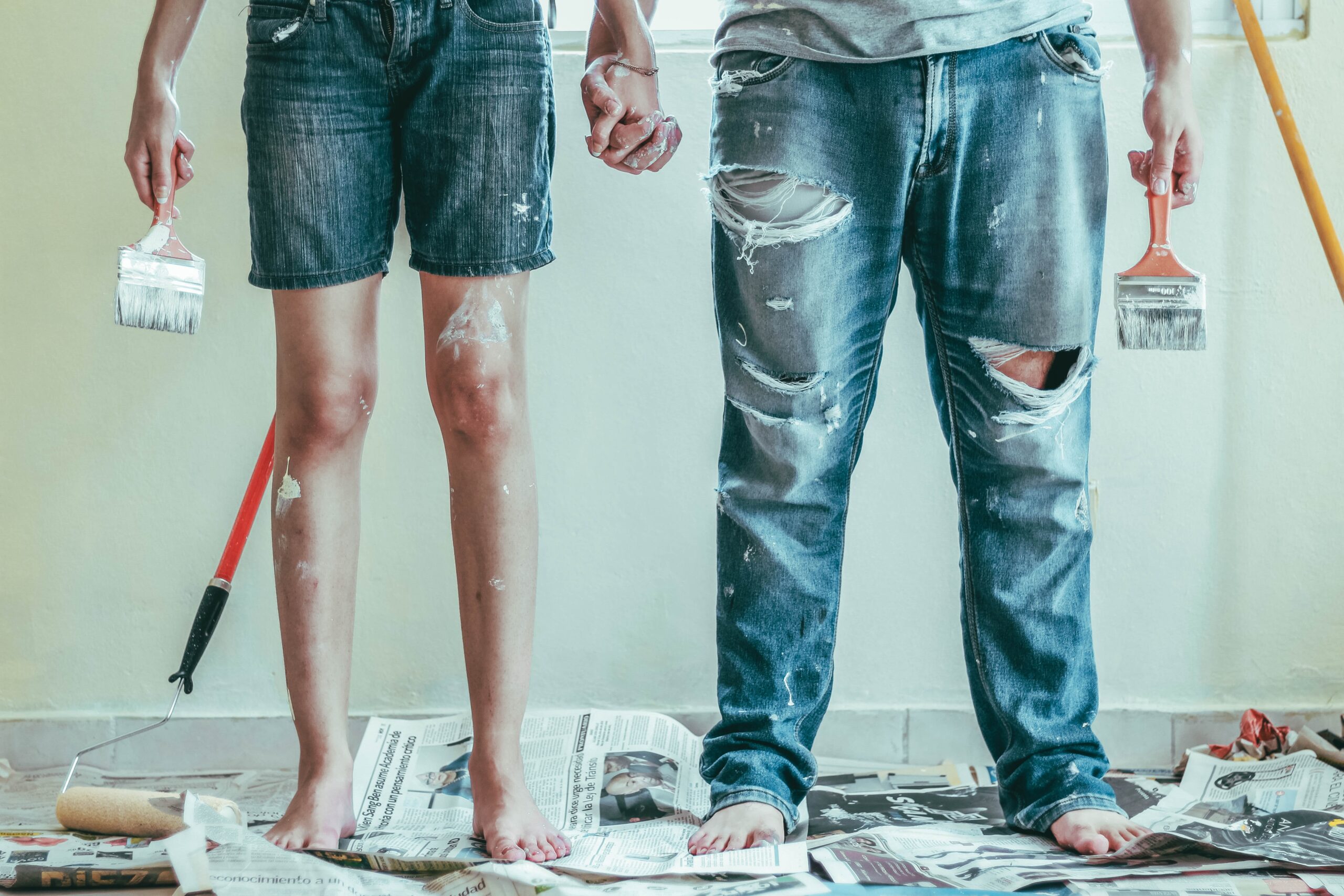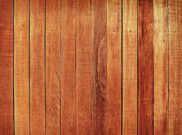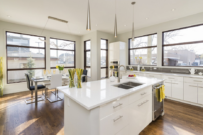Drylok vs Behr Basement & Masonry Waterproofing Paintment


Brian Jeffries
Brian Jeffries, a seasoned BPA Advisor. Brian is dedicated to sharing his wealth of knowledge on construction projects and materials. With a focus on architecture and building envelopes, Brian contributes valuable insights that shape the discourse around innovative construction practices and materials.
It can be difficult to find the perfect paint, especially if you need paint that has multiple features or can go on a variety of surfaces. Whether you’re a homeowner who’s looking to do some home improvement or a contractor needing something different, it can indeed be challenging to find the holy grail of masonry & basement waterproofing paint.
Two significant brands that often come up are Behr and Drylok. But how well do both of these perform? Is either of these reliable? Keep reading to learn more about these two brands and which may be best for you!
The Types of Basement and Masonry Waterproofing Paint
When you’re looking for basement and masonry paint, you’re going to need to choose something breathable. This can be a nice way to assist in preventing water from coming into the basement.This means that the water vapor can easily transfer through the paint. This is a crucial component of masonry paint. But what happens if the paint isn’t breathable? Well, the moisture will be trapped, and since it can’t escape, this means that you can expect damage such as damp issues. That’s why you’ll need breathable paint, which is something both Drylok and Behr offer.
When it comes to both basement and masonry waterproofing paint, some different types are floating around. It’s best to get an understanding of them and how to classify them so you won’t end up purchasing the wrong item properly. The types will include:
- Standard basement waterproofing paint: These are paints that offer water-repelling quality. The consistency is similar to regular paint; a great example of this would be Drylok.
- Liquid basement and masonry waterproofing sealants: These are clear liquids that can be applied to your basement or brickwork by spraying the solution.
- Rubberized paint and sealer: Some rubberized paints can be used on the interior walls of your basement, while others can be used on exterior basement walls. This paint and sealer have the consistency of liquified rubber; it creates a rubber film when painted on. Plus, this can be used on interior and exterior basement walls.
Drylok vs. Behr Pros
A great way to narrow down which option is best for you when concerning Drylok vs. Behr would be through navigating the advantages that each brand has. Here are some of the benefits for the two.
Drylok
Being recognized as one of the most popular brands for basement waterproofing paint comes with a big title. The ratings for the original Drylok® and Drylok Extreme® are quite highly regarded on eCommerce webshops. Some of the major benefits include:

Affordability
One of the major reasons why Drylok receives so much praise would be the fact that it’s a pretty cost-effective waterproofing solution. You can expect a can to varying in price from $50 to $150 depending on the size and where you purchase it at.
Powerful Waterproofer
One way that Drylok stands out from regular paint would be the fact that it penetrates tiny pores to completely seal the wall. This helps so that no moisture will get through. This powerful water leakage can be applied to basement walls, masonry walls, stucco, concrete, cinder blocks, and a variety of other surfaces.
Durable
You can count on Drylok to protect your basement (and other surfaces) for quite some time once making the application. Drylok offers a 10-year warranty for the Original Masonry Waterproofer and 15 years for Drylok Extreme.
Behr

Behr is a very popular paint brand that is praised for its high quality. There’s the BEHR DRYPLUS™ MASONRY WATERPROOFER which is perfect for below or above grade basement walls, masonry walls, foundation & landscape walls, cinder blocks, brick, stucco, and so much more. It can be comparable to Drylok.
Readily available
A major positive for Behr paint would be the fact that it’s readily available in your city as Home Depot. This can be ideal if you want to make the purchase immediately or need to get more because you ran out midway during your project.
Doesn’t Easily Fade
It can be pretty disheartening when the paint begins to chip and crack. You’ve put in so much time, effort, and money, and seeing the sight can damper the mood. A significant perk that Behr offers would be the lack of cracking. Despite the thick consistency it has, it’s resistant to color fading, and it won’t just easily chip as other brands will.
Drylok vs. Behr Cons
Every brand will have its negatives, and concerning the Behr vs. Drylok debate, it’s no different.
Drylok
Even the heavily praised Drylok is going to have some negative aspects. Here are some of the common complaints that the average buyer has:
Not a Permanent Solution
This waterproofing paint is not a “fix-it-all” solution. This product can lead water to move into another area of the basement.
Limited Mold Protection
Drylok doesn’t instantly kill or prevent mold development within the walls. However, it is likely to prevent mold from breaking to the surface. Plus, you'll need to remember that the chemical makeup within Drylok can be a breeding ground for mildew and mold growth.
Doesn’t Prevent the Exterior Water
While it’s true that Drylok creates a barrier that can block moisture from coming through the walls, it doesn’t stop the exterior water from penetrating the walls.
Behr
These are some common complaints the average buyer has against Behr Basement & Masonry Waterproofing paint.
It’s Not Dirt Resistant
No one wants to spend their free time cleaning their walls because dirt gets on it. This is one of the large downsides to Behr waterproofing paint. While it’s not dirt resistant, the good news is that it is resistant to mildew.
It Doesn’t Roll on Easily
This isn’t specific to the Basement and Masonry Waterproofing paint that Behr provides, instead, it’s directed towards the entire brand. The Behr paints can be tricky if you’re just the average painter. While it can get done with a paint roller and brush set, it just means that you will need to apply more effort during the application process.
The Application Process

When settling for the right waterproofing paint, it’s vital to consider the application process, even if you’re waterproofing your basement. Not all waterproofing paints are created equal, and the painting process will hold to that.
Drylok
If you’re opting for Drylok, you’ll be pleased to know that it doesn’t require professional installation. It’s ideal to use a DRYLOK® BRUSH, but any high-quality nylon brush will work. You’ll need to apply two coats and give two to three houses for drying time between coats.
Behr
The minimum coats required will be two, but depending on what you’re painting, you may need an additional coat. The application process for Behr can be considered a bit challenging, but a brush or roller can do the trick. You’ll need to fill the pores for the first coat, while the second coat must have the entire surface covered.
Drylok vs. Behr Basement & Masonry Waterproofing Paint: Which is Best?
It’s all going to come down to preference and needs, but potentially the area you need to paint too. We covered the positives and negatives of each brand, so it’s a matter of which one you prefer.
However, if you’re still unsure about which one to choose, you can contact a local contractor for a consultation to get you sorted!
Get Smarter About Building Products
Join 50,000+ subscribers and get our 3 min daily newsletter on what matters in the building materials industry.
You might like this


Edgecomb Gray vs Revere Pewter: Greige Color Showdown
When it comes to the battle of Edgecomb Gray vs Revere Pewter, these two popular paint colors from Benjamin Moore offer unique characteristics that make them both highly sought-after choices for interior and exterior applications. In this in-depth analysis, we will explore the subtle differences between Edgecomb Gray and Revere Pewter, as well as their […]


Lifetime Steel Post vs PostMaster Fencing: In-Depth Guide
When it comes to fencing, the choice between Lifetime Steel Post and PostMaster Fencing can be a challenging decision for both DIYers and professional builders. In this blog post, we will dive deep into the features and styles of these two popular fence posts options. Lifetime Steel Post Features and Styles The Lifetime Steel Posts […]


Sunrise Windows vs Andersen: Comparing Quality & Efficiency
When it comes to choosing the right replacement windows for your home or construction project, Sunrise Windows and Andersen are two leading contenders in the market. Both companies offer a variety of window options with distinct features and benefits that cater to different needs and preferences. In this comprehensive comparison between Sunrise Windows vs Andersen, […]